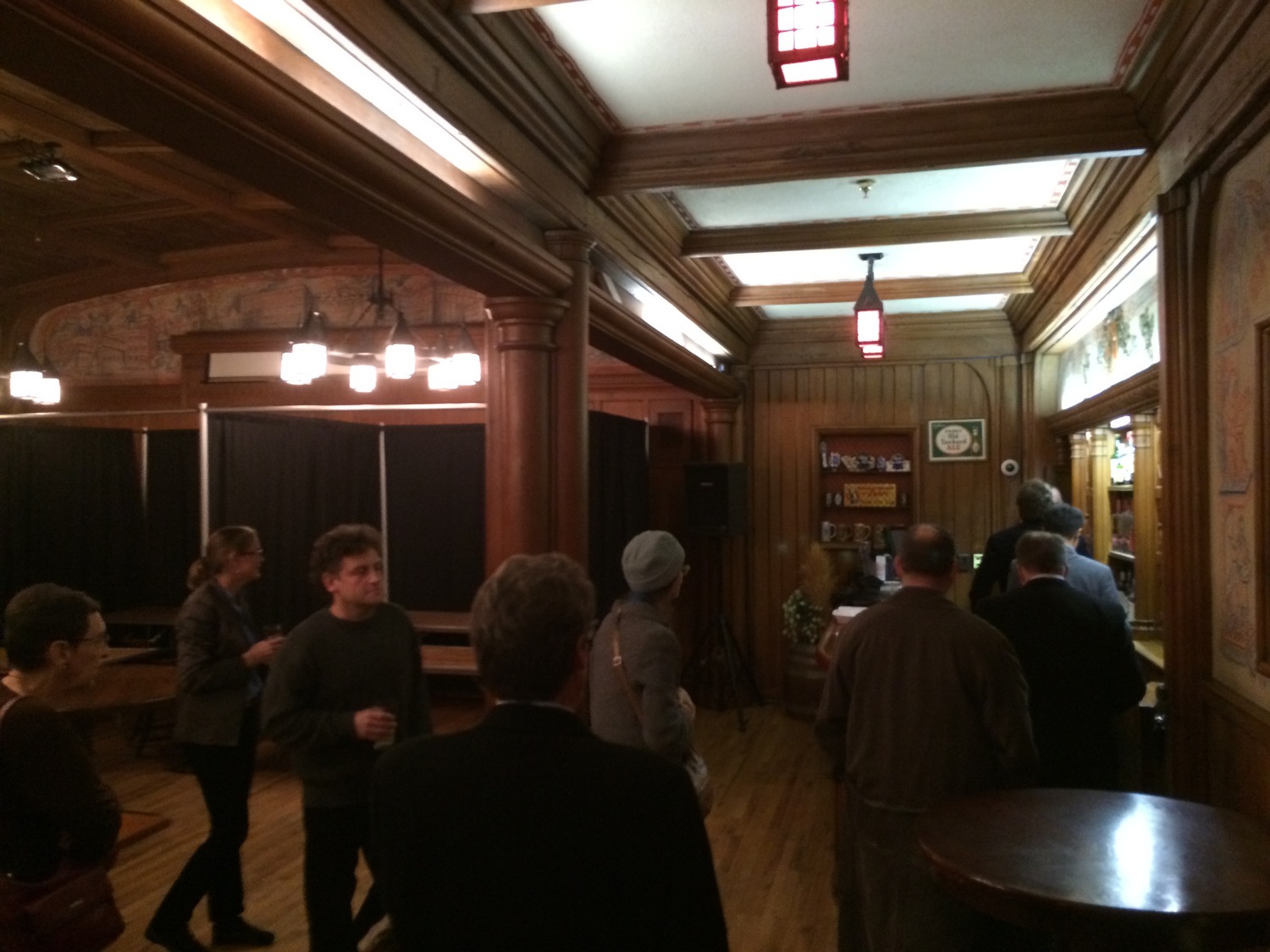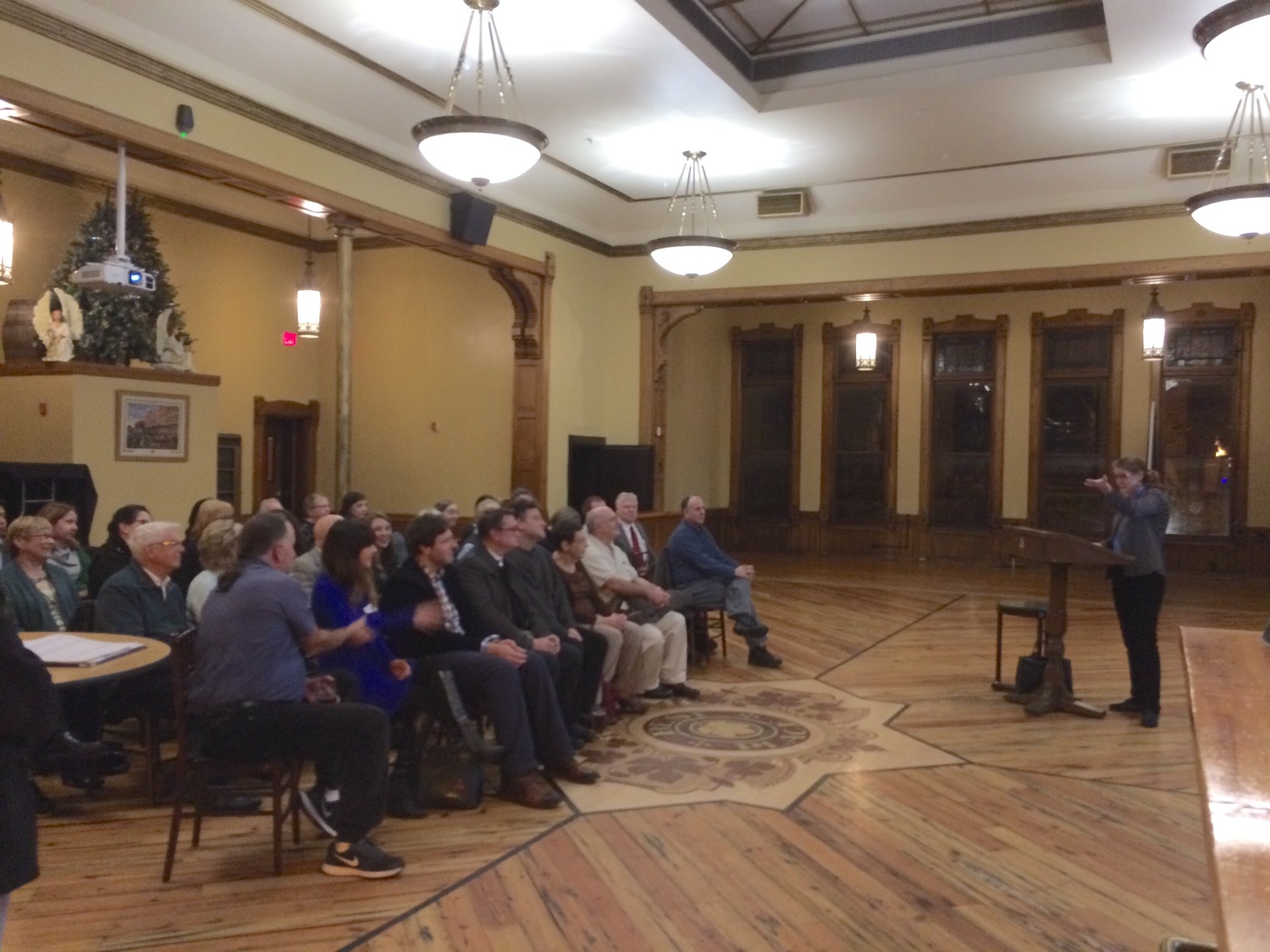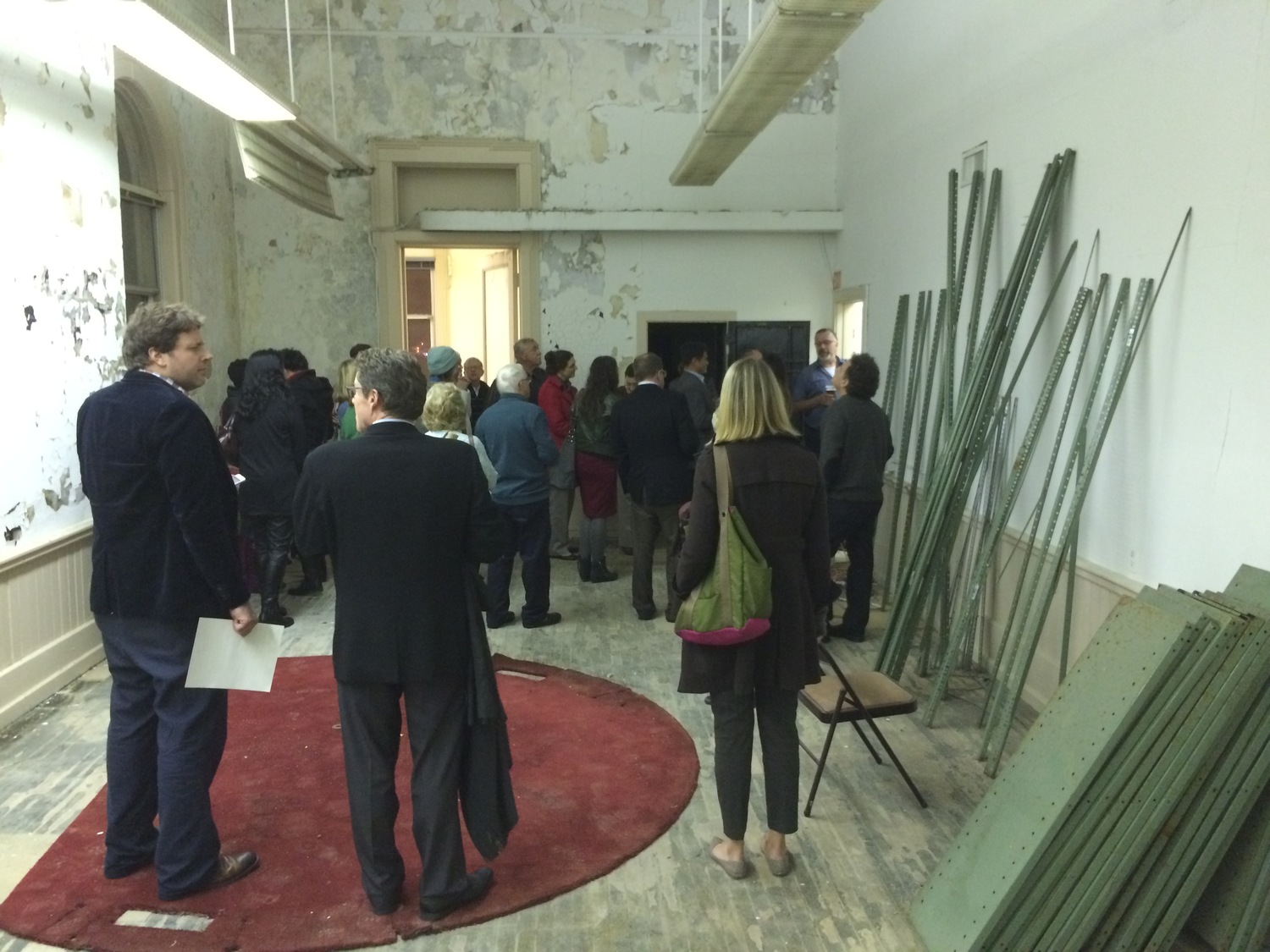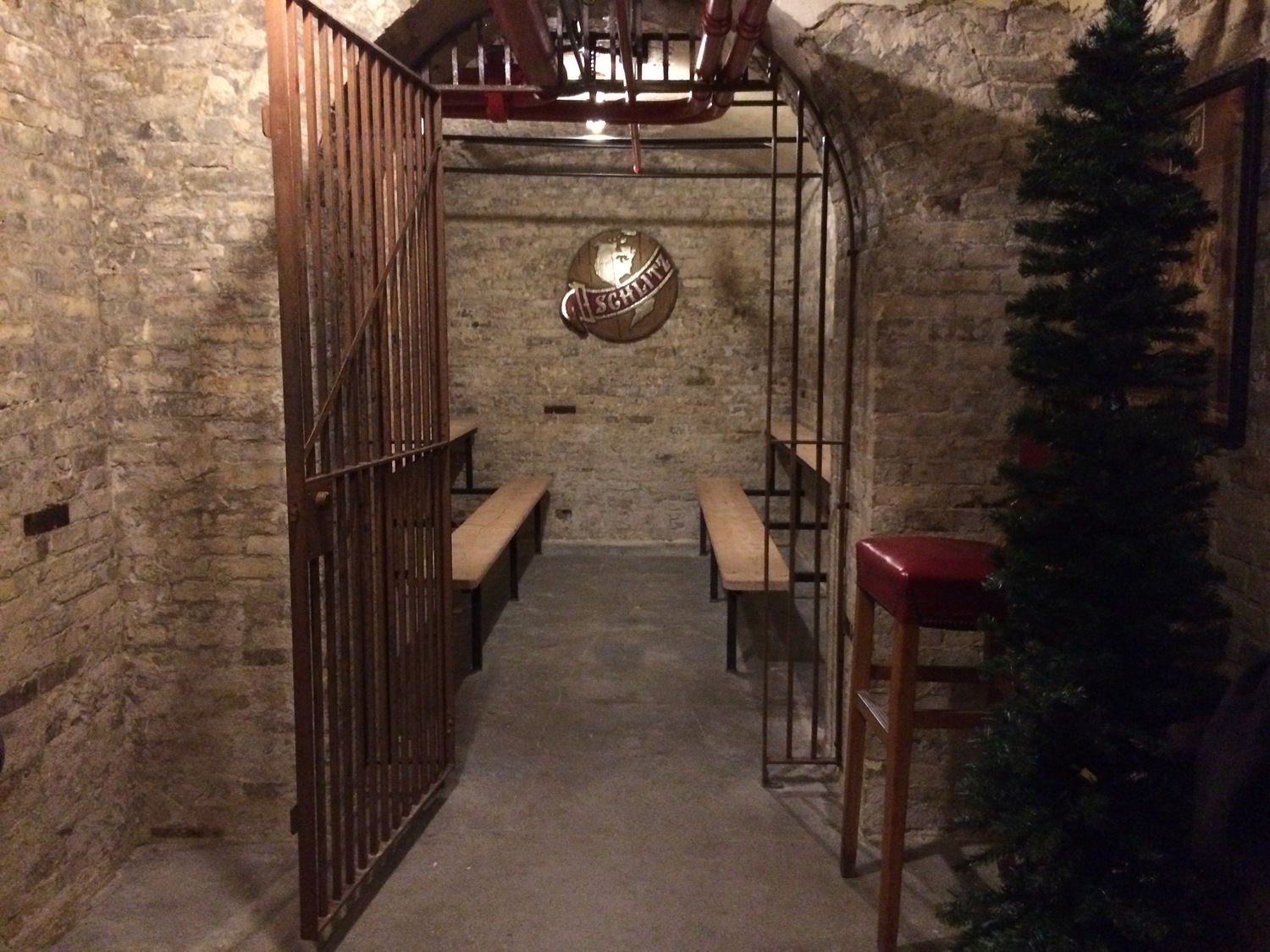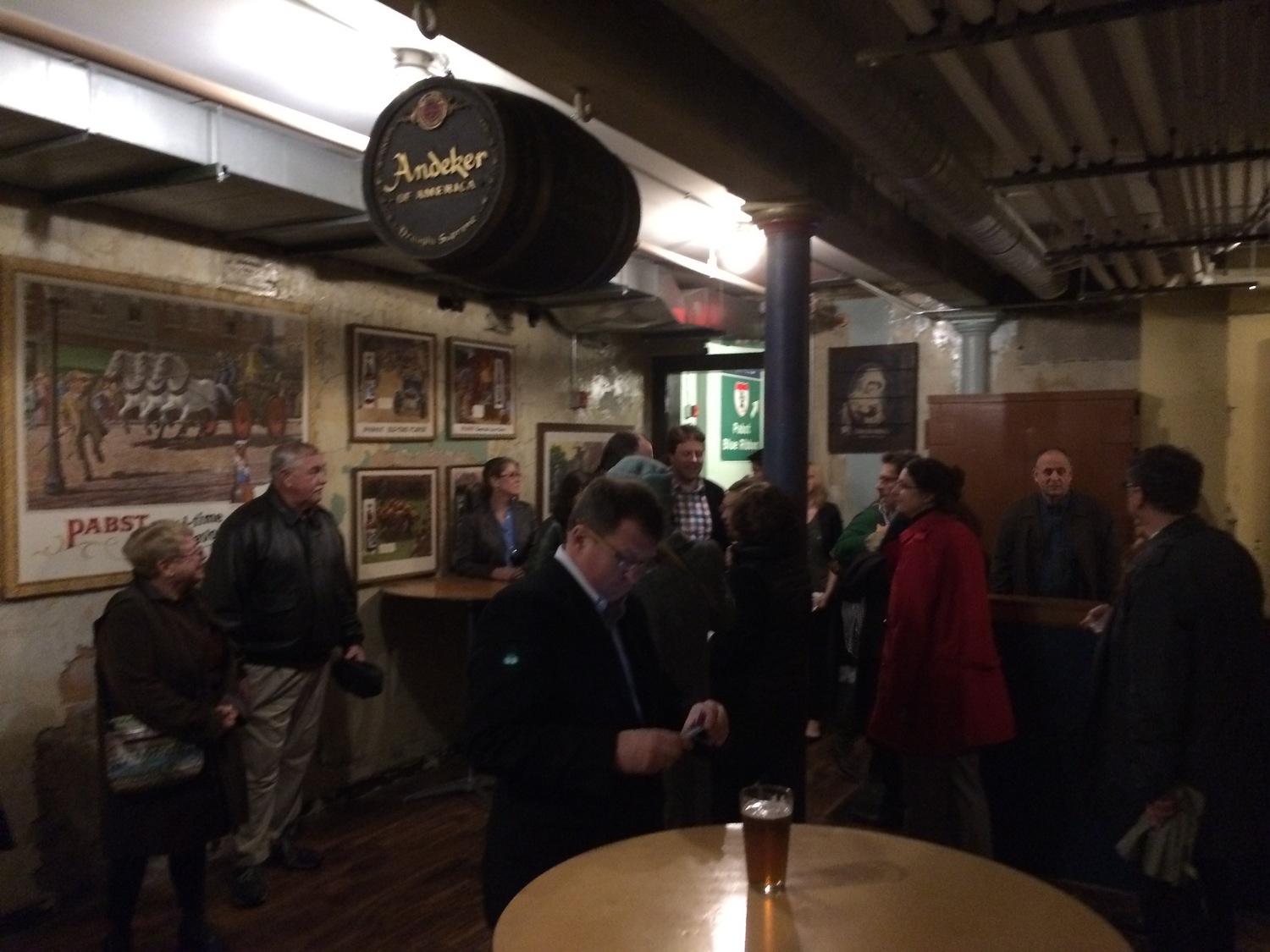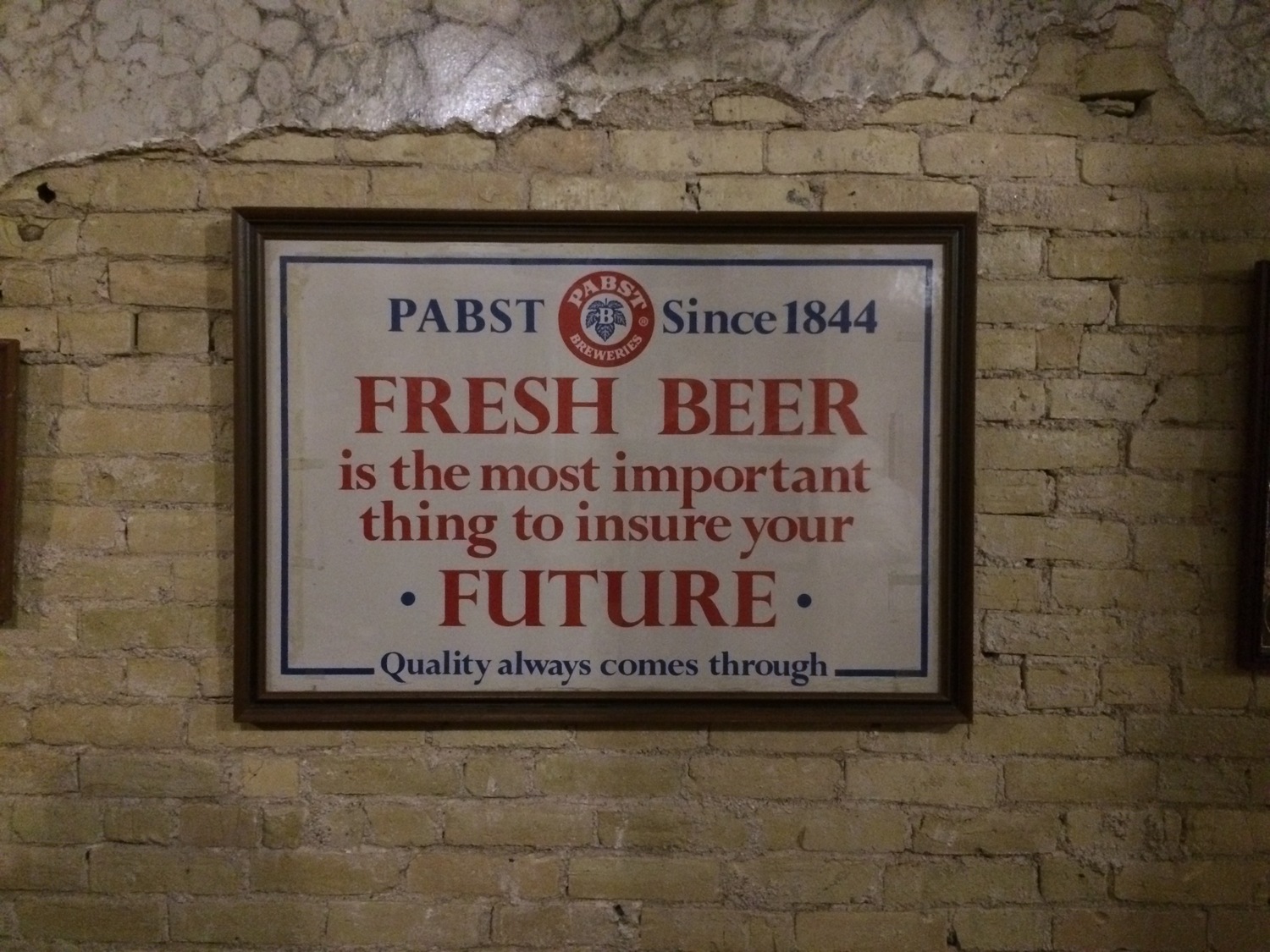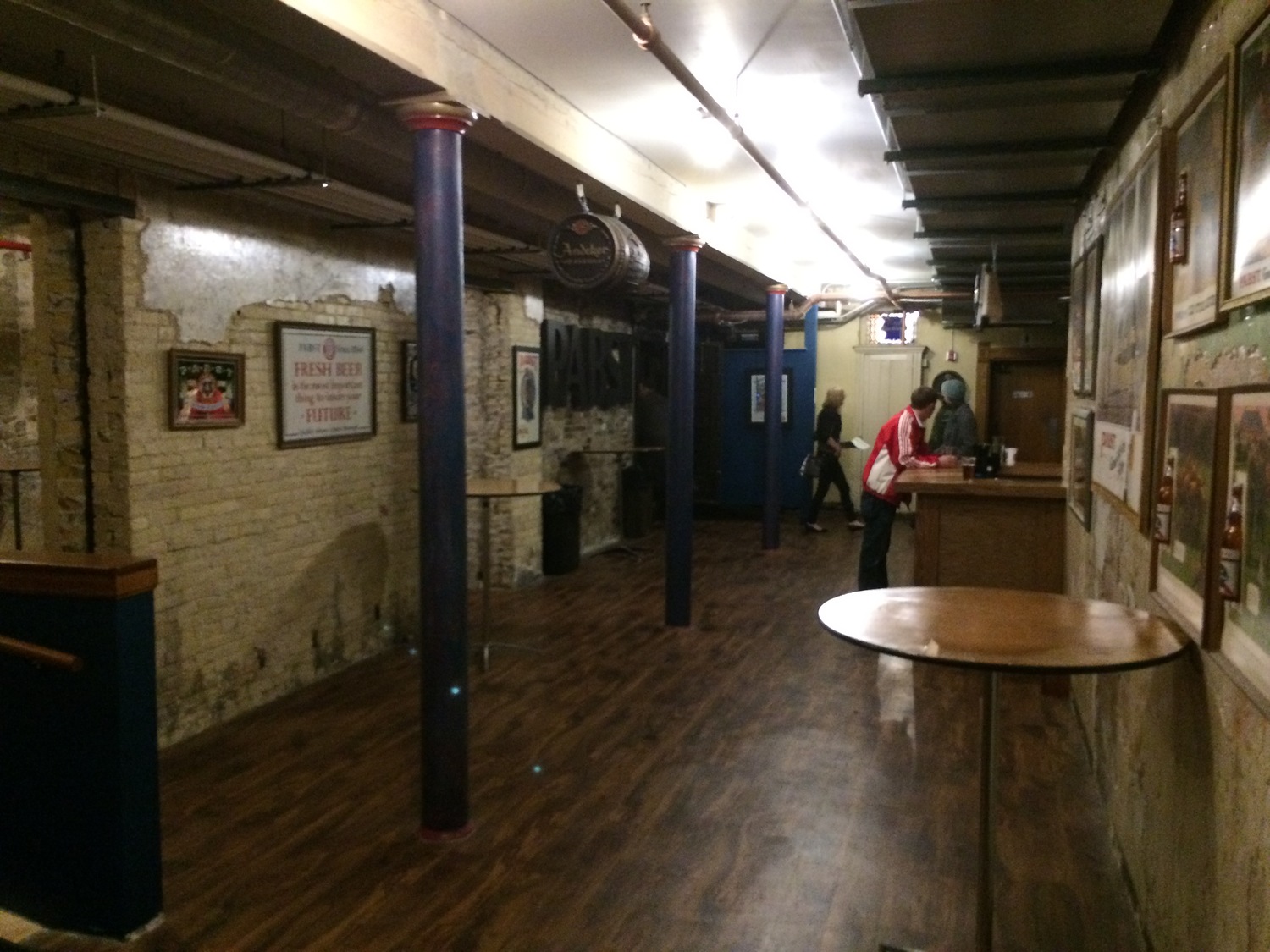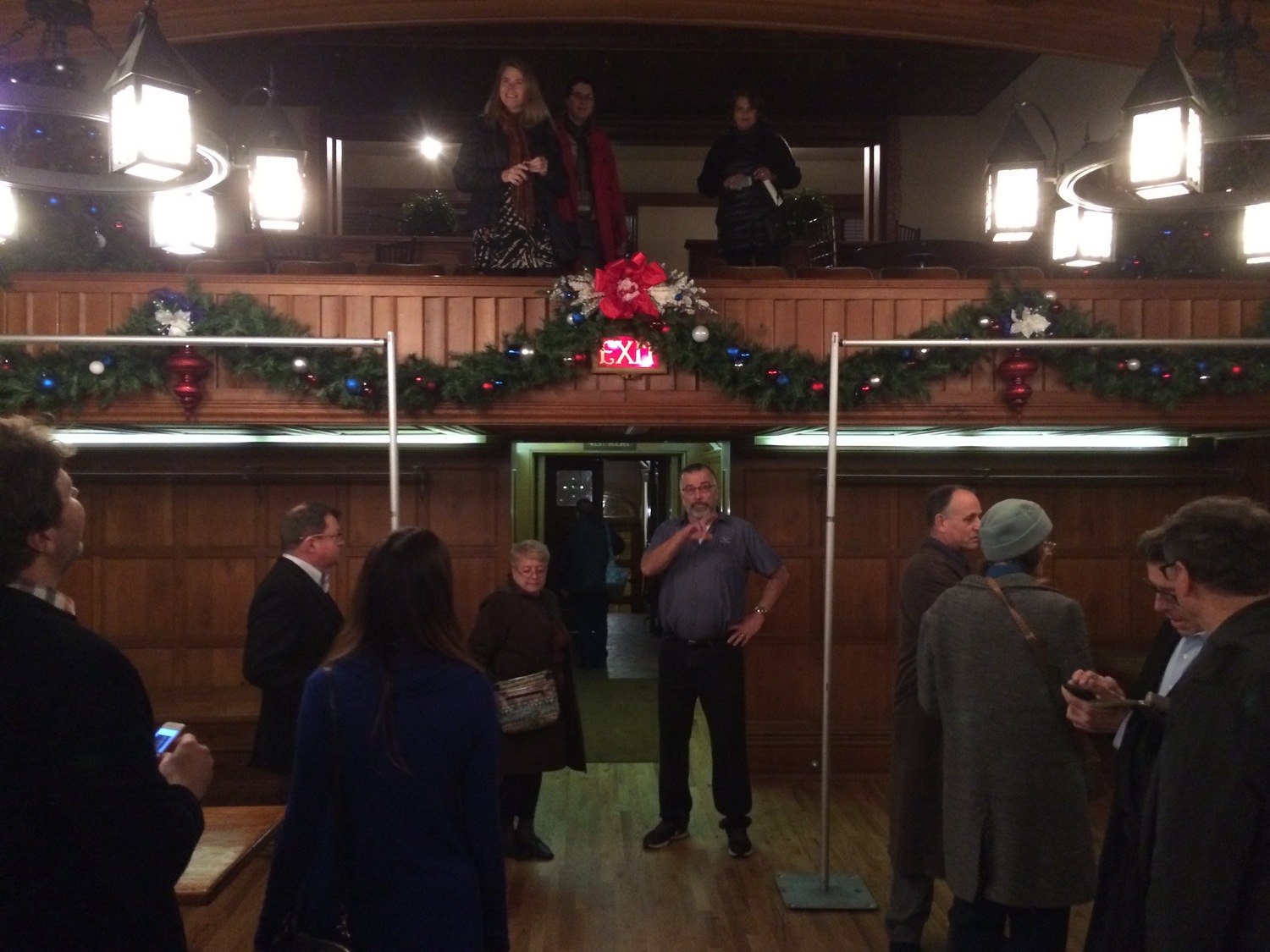Two bills in the Wisconsin Legislature that would have forced opt-out provisions on local historic preservation ordinances have been amended, but they still weaken communities' ability to designate historic places, and provide long-term protection.
Historic downtown Portage
Companion bills in the Wisconsin Senate (SB445) and Assembly (AB568) have been amended and are working their way through Committees. The original bills included an unconditional opt-out provision for property owners. Owners would have had veto power over historic designation, and over design standards in historic districts. It would have essentially dismantled local historic preservation ordinances that are designed for long-term conservation of historic buildings, structures, objects, and districts for the economic and cultural health of the whole community.
Amendments to both bills put some conditions on the opt-out provision, but still weaken the ability of communities to designate historic places when they meet community-developed criteria for historic significance, and regulate changes over the long term under conditions of changing ownership.
Here's how the bills work in their current form:
The bills preserve the right of Counties, Cities, and Towns to have preservation ordinances, design standards for historic properties, and to establish a Historic Preservation Commission.
If a County, City, or Town proposes to designate a Historic District or individual Landmark they must:
Notify all affected property owners,
Provide a form to each owner, to vote for or against designation,
Allow 60 days for owner(s) to vote.
Then after 60 days:
In the case of an individual Landmark, if the owner has not voted against designation, the County, City, or Town may proceed with designation.
In the case of a Historic District, if 2/3 of votes cast within the allowed 60 days are in favor of designation (1 vote per “principal structure”), then County, City, or Town may proceed with designation. If 2/3 threshold is not reached, then the designation may not proceed.
Pinckney Street, Capitol Square, Madison
Other important provisions:
“No” votes by property owners who have used historic tax credits would not be counted. (presumably “yes” votes by these owners would be counted. The language is silent on this. This matters in Historic Districts where 2/3 of votes cast must be in favor in order to proceed).
“No” votes by owners of properties listed in the National or State Registers would not be counted.
If a historic designation is rejected by votes of the property owner(s), then the County, City, or Town must wait one year before proposing same designation.
Once a Landmark or Historic District is designated, it may not be rescinded without the consent of the County, City, or Town.
Preservation easements would not be affected by the current provisions.
Representative Leon Young (D- Milwaukee) offered an amendment to AB568 that would have removed all provisions related to local preservation ordinances. Young's amendment was voted down in the Assembly's Housing and Real Estate Committee. WTHP supported this amendment because virtually all local ordinances in Wisconsin already include "pressure-release" provisions that allow property owners to appeal decisions of Historic Preservation Commission, and seek variances from design standards in cases of economic hardship.
As these bills move from Committees to the full legislature, we will continue to support the removal of all provisions of these bills that impose unnecessary state overrides of local historic preservation ordinances.
Local Historic Preservation ordinances - regulation of historic and cultural places through municipal powers of zoning - are important tools in many Wisconsin communities. They are embedded into local and county zoning codes, and help communities regulate their own look, feel, and functionality. That regulation goes far beyond individual property ownership that changes, on average, every seven years. There are generational marks left on Wisconsin communities that define those communities, and define a heritage worth visiting, worth investing in, and worth caring about. The longevity of those those places should rise above the privilege of short-term property ownership.










